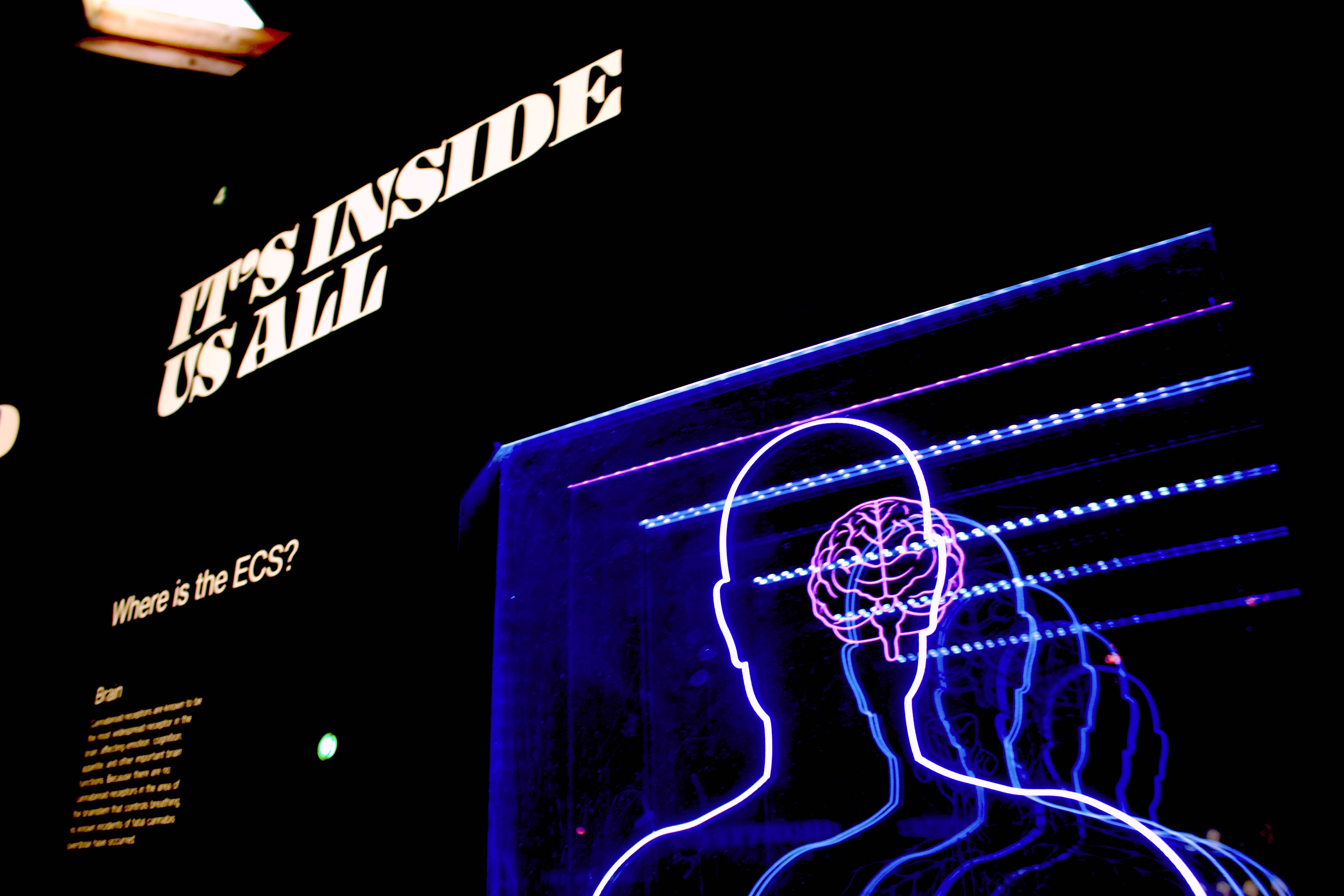
When we group together as humans in order to make decisions to advance a mission, entity, or cause, we see personal differences as the main driver of conflict and stagnation.
While technical and execution errors pervade at all organizational levels, the challenge of personal difference spans most leadership groups and boardrooms. And yet- as we begin to see diverse voices enter the boardroom, move from reverberation to wholly different sounds coming back at us- we might be at odds with what ideas are belted our way.
The question is how do we end up being so accustomed to living in echo chambers and how can we as leaders ensure an abundance of counteractive worldview experiences to get us ready for those tough moments?
The first piece is to really understand our default operating system. As we gain more experience as humans, we create mental schemas or models of our experiences. Studies show however that the over reliance of schemas can lead to incorrect assessment of new information. We’ve all heard someone say “ oh I’ve seen this before” . At that moment the schematic is taking over: While helpful for efficiency, at the board and leadership level uncertainty and complexity are pervasive and schemas can prove dangerous.
When we fail to ingest new information, we can miss glaring new information that contradicts our worldview. The second is that schemas create loops and that the amygdala and insular cortex specifically are what comes into play around deep-seated ideas we hold - especially when the ideas are political or are connected to our sense of selves. This is seen through the over activation of the DMN or Default Mode Network in the brain. In one study at USC showing participants contradictory political beliefs activated these parts of the brain most.
And so while diversity in leadership groups has shown to overall benefit performance, being in a group where people respond with over reliance on their mental models, fear, or identity can actually create a culture of fear-based decision making especially for newer voices in the room. Everyone is on edge and when fear takes over, neuroscience like the work of Dr Suzuki has shown, creativity is stifled. People are afraid of speaking up and those complex problems? They remain unsolved.
One exciting opportunity we’ve seen begin to popularize companies has been meditation and wellness. Since 2014, we’ve seen mindfulness trainings begin to develop at companies but it has largely been sidelined at most. The world today has added a bigger baseline load of stress on leaders as they have to navigate increasingly uncertain moments. Mindfulness allows for focus, clarity, compassion, and courage. And it does this by lowering those exact parts of our brain, activity in the amygdala and in the DMN. It also allows for greater self awareness, and the ability to zoom out and empathize with our peers we disagree with.

In the past leaders in the C-Suite and Board often promoted members like them to join them, which created less conflict but created a group full of blind spots. Other groups were ripe with conflict, but bad behavior was tolerated. Today, being at the precipice of a mental health crisis and the need for psychological safety in a world where no one feels safe is transformative.
To become more powerful, creative, and judicious leaders we need to dive into experiences and opportunities that challenge our beliefs. Our world depends on it.